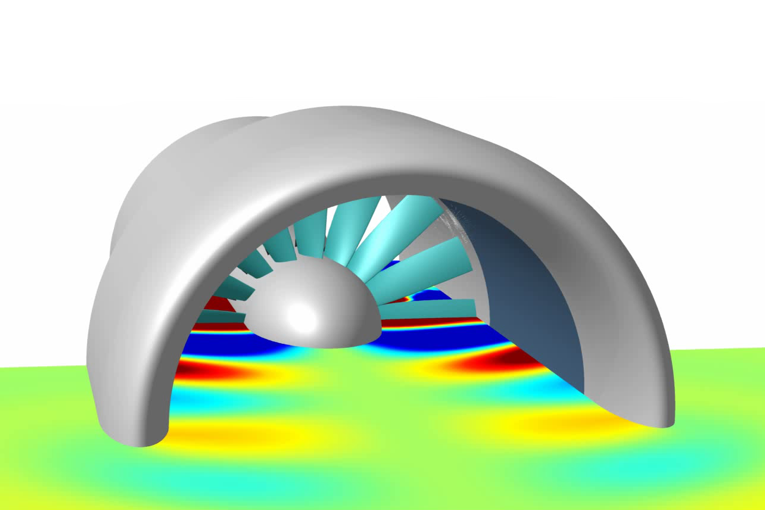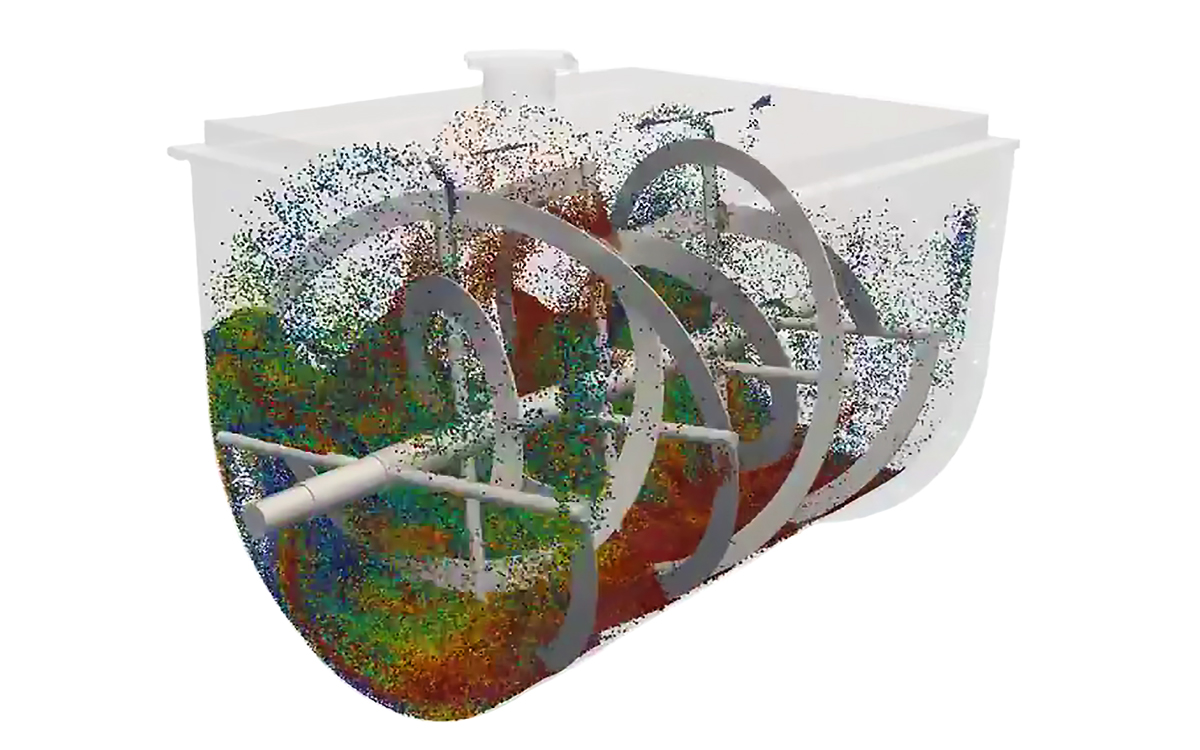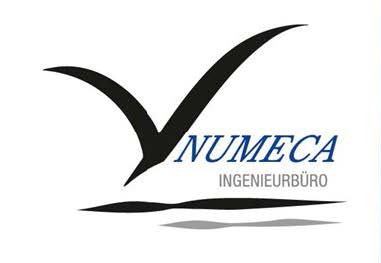An integrated environment to analyze vibro-acoustics, tonal and broadband noise emissions

Description
Acoustics is a simulation suite for the analysis of a broad range of industrial applications involving aeroacoustics. Whether a fast calculation is required during pre-design or a detailed large-scale analysis – Acoustics is your tool.
It can predict efficiently aero-acoustic sources based on turbulence values and/or unsteady CFD results. These can be obtained by means of the NLH-method available in Turbo and Open, which enables an accurate prediction of both propagation and radiation of dominant frequencies in turbomachines at very low computational costs.
Dedicated wizards for mufflers and turbomachines allow an easy setup of the analysis, from the computational domains up to post-processing in near and far field. As a result, Acoustics is a unique simulation environment to conduct acoustic analyses.
Key Features
- Reconstruction of acoustic sources without the necessity of unsteady CFD simulations thanks to NLH (FINE™/Turbo and FINE™/Open)
- FlowNoise: stochastic reconstruction of acoustic sources based on steady RANS-CFD-computations
- Considerable reduction of computational effort compared to fully unsteady approaches
- Various import and export options
- Tools for mesh repair and mesh manipulation
- Finite element method (FEM) and boundary element method (BEM)
- Ffowcs-Williams-Hawkings (FWH) method
- Vibro-acoustic simulations
- Perforated surfaces
- Multi-block domains
- Parallel solver
- Python API for scripting, batch mode
Applications
Case Studies
Diskrete-Elemente-Löser für Partikelsimulationen

Description
About 80% of all industrial processes are working with granular materials. Yet to this day, particle simulations remain unpopular compared to conventional CFD methods. But these have only a limited validity on these cases. This gap is now filled with Mpacts, which provides accurate results when the interactions between particles of arbitrary form and shape are important.
The Discrete-Element-Method from Mpacts solves the equations of motion for all particles defined in the domain, without the need for a numerical grid. A coupling to other numerical methods like CFD and Lattice-Boltzmann exists, when flow physics are also important.
Key Features
- Simulation of all particle sizes and shapes
- Precise representation of the particle geometry
- No numerical grid necessary
- Separate or coupled calculation with RANS or LB-methods
